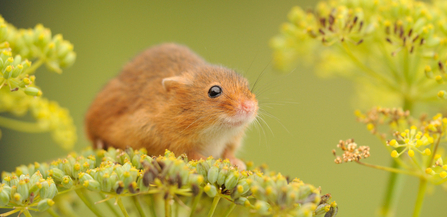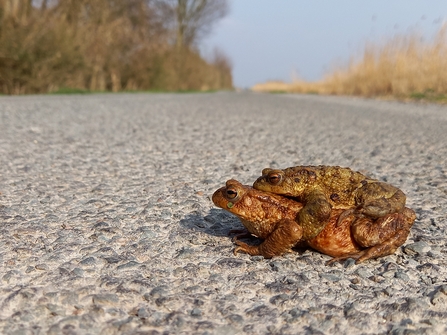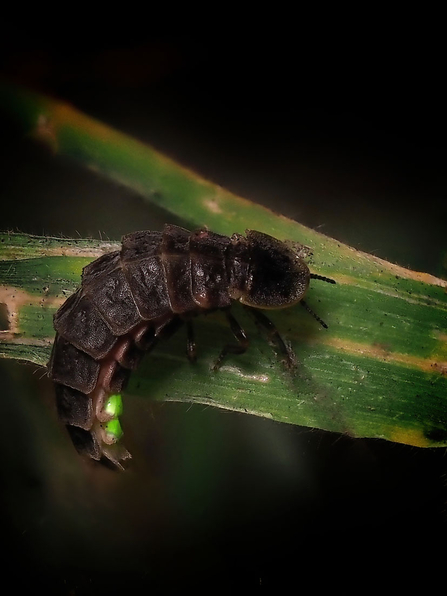Ramsey Heights Nature Reserve is important for its great crested newts and aquatic insects, such as diving beetles, and this requires periodic management during the autumn and winter months to maintain the balance of open water, reedbed, scrub and grassland.
Over the winter you may have noticed that scrub has been cut back around the meadows, to benefit butterflies and the yellow meadow ants and their anthills. A variety of wild flowers will grow on the anthills, attracting butterflies and other insects. The anthills also attract green woodpeckers, which feed on the ants. This woodpecker isn't confined to nature reserves being a common sight in parks and your own back garden, as I have found in my own garden in recent weeks.
Scrub has also been cut back to allow more light to get to some of the ponds. Additional light benefits some invertebrates and smaller aquatic plants, which the newts and dragonflies lay their eggs on; not all the ponds are clear of shade, as having a mixture of shaded and exposed ponds helps to maintain the variety of invertebrates.
Reedbeds are cut on rotation, to produce fresh growth. The reedbeds are used by a wide range of insects, birds and mammals and management can often reveal the presence of our smallest rodent, the harvest mouse; a species we are surveying for at the moment by seeking out its nests.



